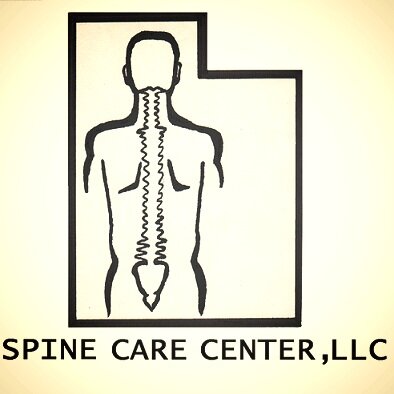
Radiofrequency Lesioning
Radiofrequency lesioning is a procedure in which special needles are used to create lesions along selected nerves. The needles heat the nerve to 80 degrees C (the temperature of hot water, 20 degrees below boiling). When this heat is applied to the nerve for two to three minutes, the nerve stops carrying pain signals. The body re-grows nerves that are blocked in this manner, a process can take up to a year or longer. This offers long term pain reduction.
Am I a candidate for Radiofrequency lesioning?
Radiofrequency lesioning is offered to patients with certain types of low back or neck pain (predominantly pain from the facet joints), patients with RSD (reflex sympathetic dystrophy, also known as Complex Regional Pain Syndrome, types I or II), or abdominal pain responsive to splanchnic nerve blocks.
You must have responded well to diagnostic local anesthetic blocks to be a candidate for Radiofrequency lesioning.
Some payers (Medicare and certain insurance companies) require two series of diagnostic injections before the Radiofrequency lesioning.
What are the benefits of Radiofrequency lesioning?
The procedure disrupts nerve conduction (such as conduction of pain signals), and reduce pain, and other related symptoms. Approximately 70 - 80% of patients will get a good block of the intended nerve. This relieves that part of the pain that the blocked nerve controls. After a nerve is blocked, it becomes clear that there is pain from the other areas as well.
How long does the procedure take?
This depends upon the areas to be treated. Please allow about two hours for the procedure; this will include talking to your doctor before the procedure, signing the informed consent, positioning in the room, and observation by the recovery room nurse afterwards.
How is the procedure performed?
Nerves cannot be seen by x-ray imaging, therefore the needles are positioned using bony landmarks that indicate where the nerves usually are. Fluoroscopy (x-ray) is used to identify those bony landmarks.
After placing the needle, low voltages are applied to the needle to test for proper placement. You will feeling pressure, tingling, buzzing, twitching, or a tapping sensation. This sensation confirms the correct placement of the needle.
Next, local anesthetic is injected. After the nerve is numbed, higher radiofrequency voltages are applied to heat the nerve to the therapeutic temperature.
Will it hurt?
Our procedures begin by injecting a small amount of local anesthetic through a very small needle. It feels like a little pinch and then a slight burning as the local anesthetic starts numbing the skin. After the skin is numb, the procedure needle feels like a bit of pressure at the injection site. If you experience any pain during the procedure, your doctor will inject more local anesthetic.
Will I be "put out" for this procedure?
No. This procedure is done under local anesthesia along with an intravenous sedative (IV). The amount of sedation given depends upon the patient tolerance. You must be awake enough to communicate during the procedure.
What should I expect after the procedure?
After recovery from the sedation, you should have someone drive you home.
There will be some muscle soreness that may persist for up to a week. Application of ice packs will help. Your doctor will also discuss with you any medications to help with the post-procedure discomfort. Although most patients experience significant relief within a week, it can sometimes take up to three to four weeks.
Can I go to work to work the next day?
You should be able to return to work the next day. Sometimes soreness at the injection site causes you to be off work for a day or two.
How long will the effects of the procedure last?
The effects of the procedure can last from 9 - 18 months.
How many procedures do I need to have?
Your doctor will evaluate this on subsequent visits. Although this is a “permanent” procedure, the body re-grows these nerves over time. You may need to have the procedure repeated in the future.
What are the risks and side effects?
This procedure has very few risks. With any procedure there are risks, side effects, and the possibility of complications. The risks and complications depend upon the sites that are lesioned. Any time there is an injection through the skin, there is a risk of infection. This is why sterile conditions are used for these blocks. The needles have to go through skin and soft tissues, which will cause soreness. The nerves to be lesioned may be near blood vessels or other nerves which can be damaged. Great care is taken when placing the radiofrequency needles, but sometimes complications occur. Your doctor will discuss all of the risks and benefits when you meet prior to the procedure.
Who should not have this procedure?
If you are on a blood thinning medication (e.g. Coumadin® , Plavix®), or if you have an active infection, you should not have the procedure.
If you did not responded to diagnostic local anesthetic blocks, you are not be a candidate for this procedure.
